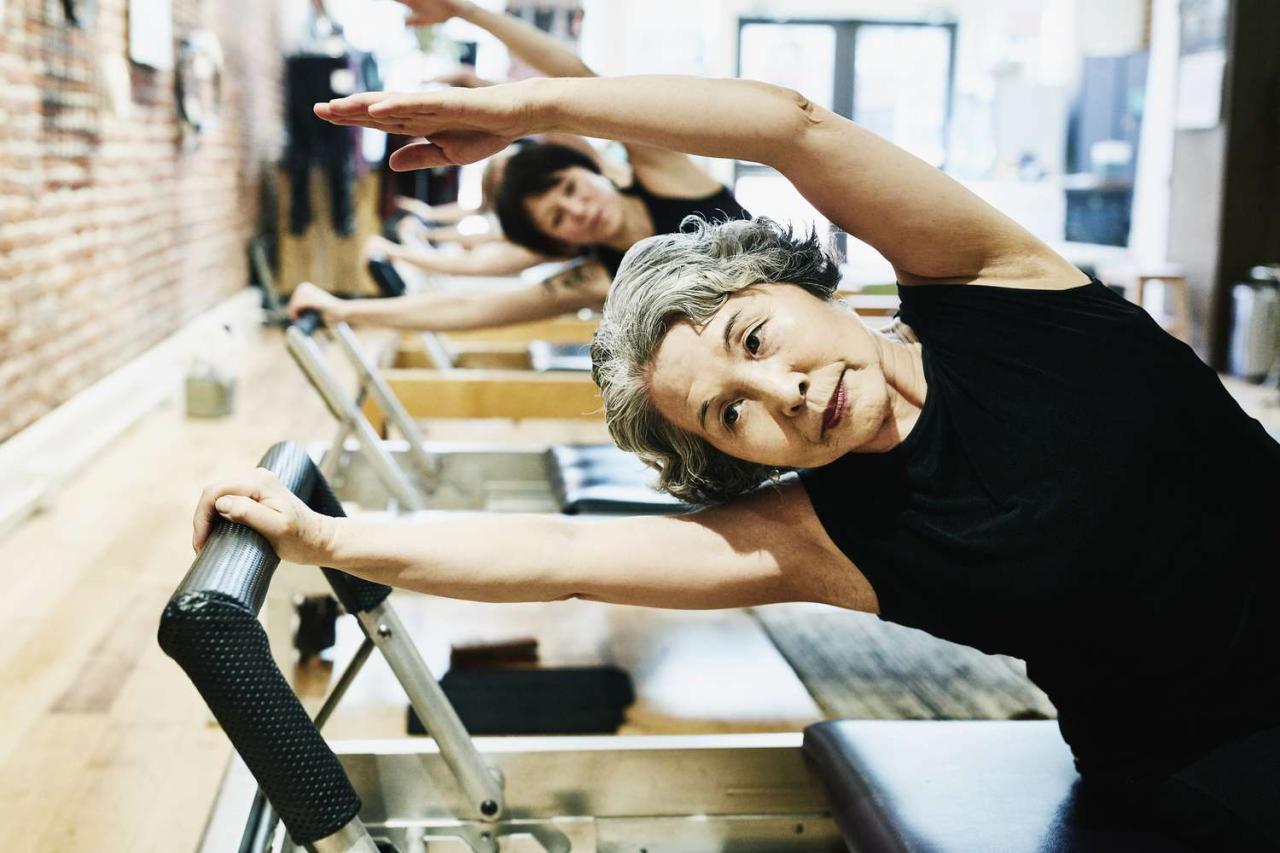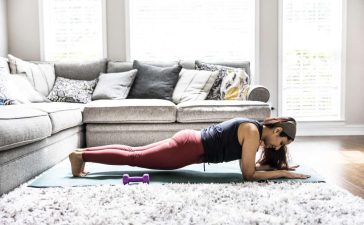Menopause is a natural phase in a woman’s life, and its symptoms can vary widely from person to person. Some women may experience symptoms such as hot flashes, anxiety, and sleep disturbances during this transitional period. However, adopting healthy lifestyle habits can significantly help women cope with and support their bodies through the changes that occur during menopause. One beneficial lifestyle habit is incorporating regular exercise into your routine, which can have a positive impact on various aspects of menopause.

The Importance of Exercise for Menopause
Research has provided valuable insights into the relationship between physical activity levels and menopausal symptoms in women. High and moderate physical activity levels have been associated with milder menopausal symptoms compared to those who engage in less physical activity. The menopause transition, characterized by a decline in estrogen and progesterone levels, brings about physiological and psychological changes, leading to various symptoms affecting muscle mass, bone density, energy levels, metabolism, mood, and more.
One significant aspect is the increased risk of metabolic dysfunction and related chronic diseases such as diabetes and heart disease during this phase. Exercise plays a vital role in mitigating these risks by promoting metabolic health and reducing the accumulation of excess fat, as well as helping regulate blood glucose and fat levels. This holds true for various forms of exercise, emphasizing its power in safeguarding women’s health.
Furthermore, women in both perimenopausal and postmenopausal stages commonly experience mood fluctuations and reduced energy levels. Engaging in physical activity can be an effective strategy to address and counter these issues. Exercise, regardless of age, can enhance mood, mental well-being, and overall energy levels, even though it may require some energy expenditure. It has been shown to alleviate feelings of anxiety and depression and improve sleep quality, highlighting its positive impact on women’s mental health.
In summary, research underscores the importance of regular exercise as a means of managing menopausal symptoms and supporting women’s overall health and well-being during this life phase.
Types of Workouts for Menopause

When it comes to physical activity and overall movement, it’s crucial to recognize that what works for one person may not be suitable for another. Dr. Beth Oller, a specialist in women’s health, underscores the importance of individualized approaches, especially considering that some women may have medical conditions that limit or contraindicate specific exercises. Therefore, the focus should be on finding activities that align with your comfort and well-being.
- Squats: Squats offer various benefits and can be performed without heavy weights or gym equipment. You can do bodyweight squats or add resistance by holding weights. Squats activate large muscle groups, promoting muscle growth, which, in turn, strengthens bones and joints. This can be particularly beneficial for addressing menopausal concerns like osteoporosis and joint discomfort.
- Walking Lunges: Weight-bearing exercises like walking lunges, even with just your body weight, help reduce bone loss, which is a significant concern for women during and after menopause. Walking lunges mimic functional movements like walking and running and can elevate your heart rate with just a few repetitions.
- Jumping: Despite common concerns about knee pain, plyometric exercises like jumping can have substantial benefits for bone and joint health. A study involving postmenopausal women with mild osteoarthritis-related knee pain found that those who performed jumping exercises three times a week for 12 months improved the quality of their patellar cartilage without experiencing jumping-related pain or stiffness. Start with a level of intensity that you’re comfortable with and progress gradually.
- Group Exercise: Engaging in group exercise classes can combine physical activity with social interaction, making workouts more enjoyable and motivating. Fun activities such as dancing, hiking, or trying something new like Pickleball can enhance your mood and help you stay committed to your fitness routine. Working out with friends who share similar menopausal challenges can provide additional accountability and enjoyment.
- Deep Breathing: Incorporating breathwork into your routine can reduce stress and improve your comfort during hot flashes. Deep, diaphragmatic breathing activates the parasympathetic nervous system, which counters the fight-or-flight response. This is particularly valuable during menopause when stress hormone cortisol levels may be elevated. Deep breathing exercises can be simple and performed in various positions. Start by lying on your back with knees bent and use your hands to feel the difference between chest and belly breathing. Deep breathing also helps you connect with and strengthen your pelvic floor muscles.
Incorporating these exercises and practices into your fitness routine can offer a holistic approach to managing menopausal symptoms and supporting your overall well-being. Remember to consult with your healthcare provider to determine the most suitable exercises for your specific needs and circumstances.
Should You Avoid Any Exercises?

Menopause brings about a range of changes, with a common concern being the loss of bone mass and muscle density. It’s important to adapt your exercise routine to address these changes, but individual needs vary. Some women may need to avoid high-intensity and high-impact workouts to minimize the risk of injury. However, it’s crucial to consult with your doctor to determine the most suitable workout plan for your specific circumstances. You shouldn’t have to give up activities you love if they remain safe and enjoyable.
One significant aspect of menopause is the reduction in estrogen levels, which can lead to slower recovery times and affect pelvic floor muscles that play a key role in core strength and low back stability. Seeking guidance from a pelvic floor physical therapist, even in the absence of pelvic floor issues like incontinence or pelvic pain, can be beneficial. These therapists can help you learn how to engage and support your pelvic floor muscles, enhancing your core and spine stability and overall exercise routine.
Navigating the menopausal transition can indeed be challenging, but it’s an opportunity to establish a deeper connection with your changing body. Rather than trying to fix every discomfort, showing self-compassion and gratitude for your body’s efforts during this phase of life can be a valuable approach.
In summary, adapting your exercise routine, seeking expert guidance, and embracing self-compassion can contribute to a healthier and more comfortable menopausal experience.
You Might Also Like
Isometric Exercises Found to Reduce Blood Pressure, Study Says
A recent study published in the British Journal of Sports Medicine has highlighted the significant benefits of isometric exercises, such...
The Benefits of Walking on the Beach
Walking on the beach can be more challenging than walking on pavement, grass, or a treadmill due to the uneven...
Nature’s Healing Touch: The Multifaceted Benefits of Spending Time Outdoors
Spending time in nature offers numerous benefits for mental, emotional, and physical health. Unfortunately, our modern, fast-paced, and highly connected...
9 Everyday Habits That Help Relieve Back Pain
When it comes to managing, preventing, and relieving back pain, it's essential to consider the everyday habits that can make...










